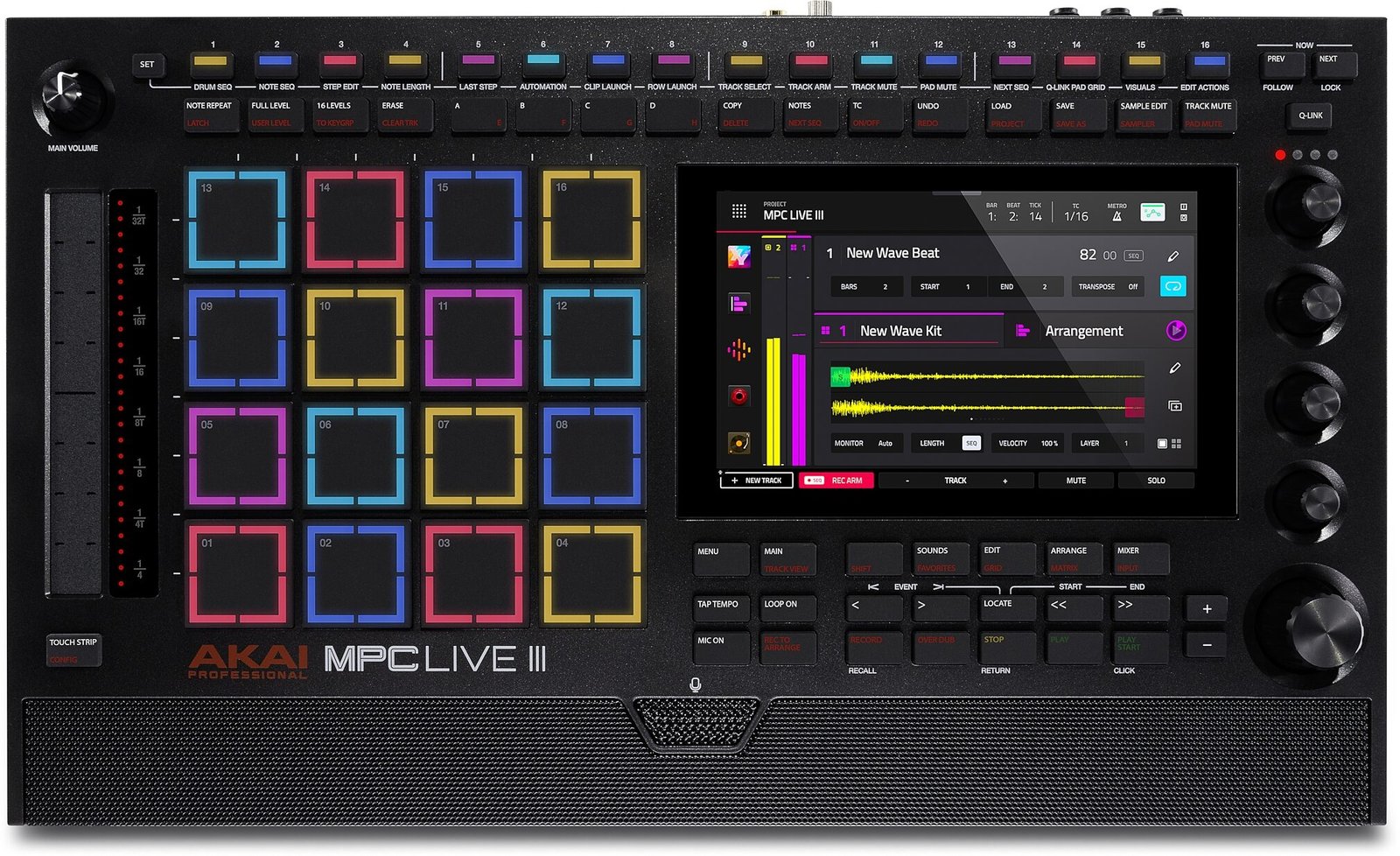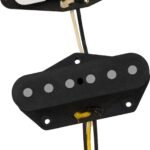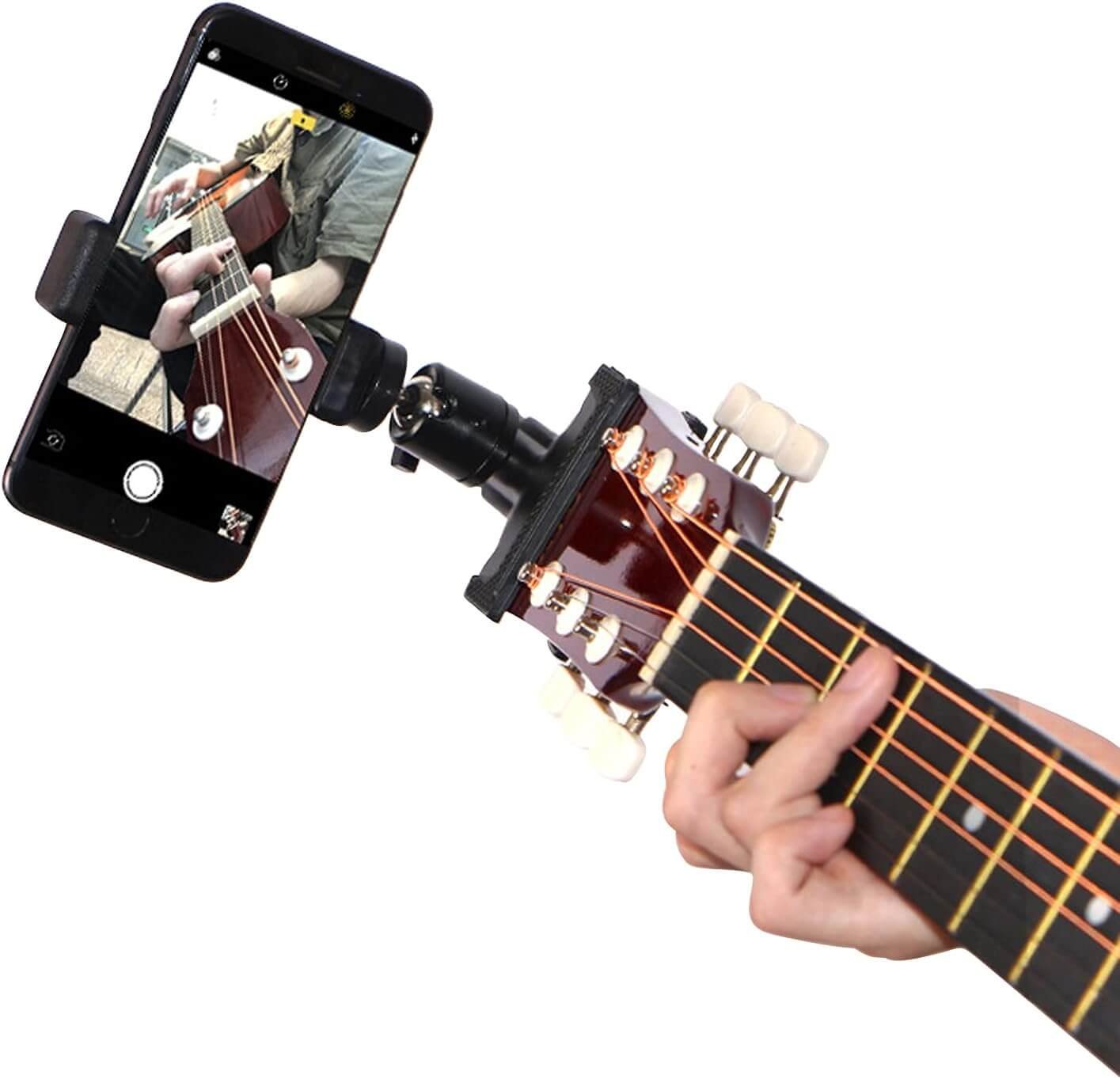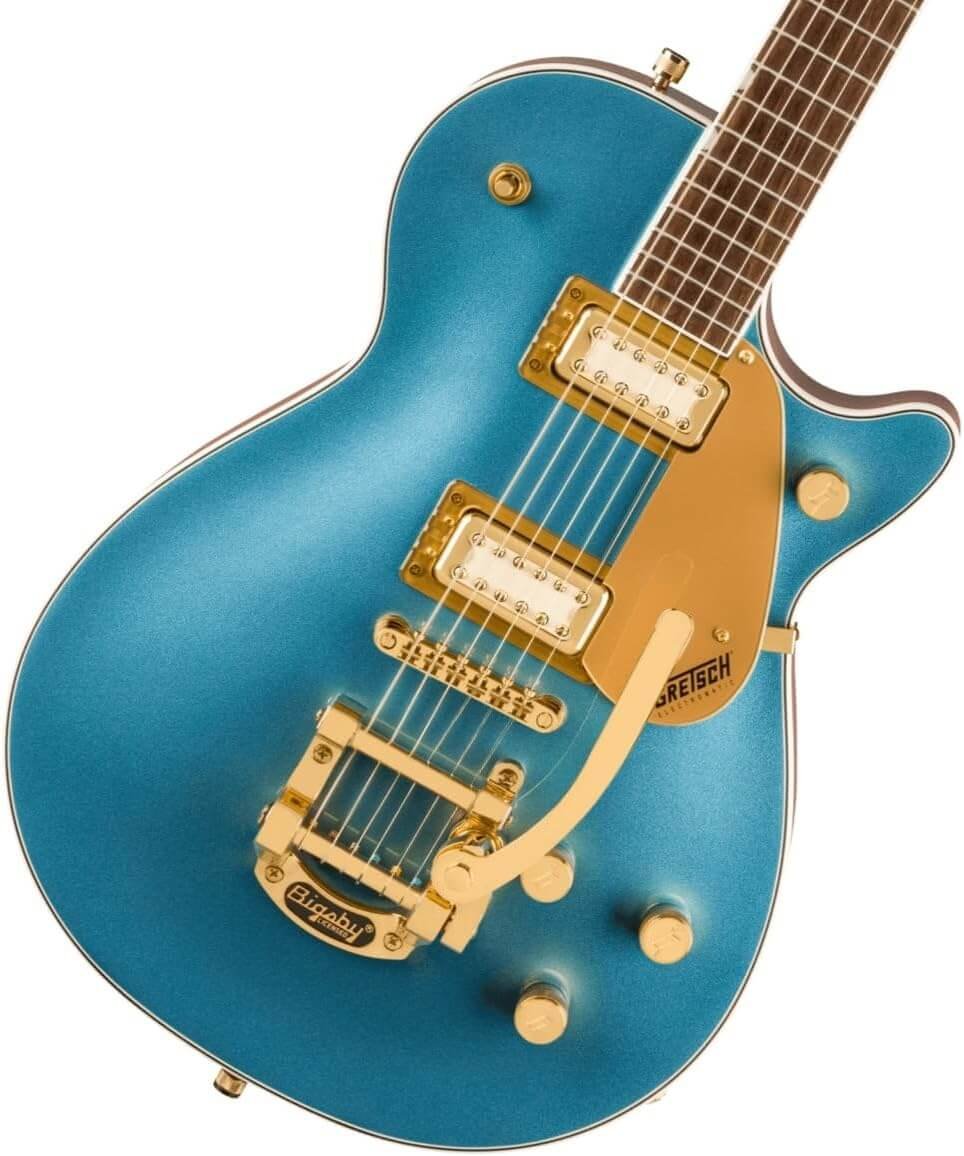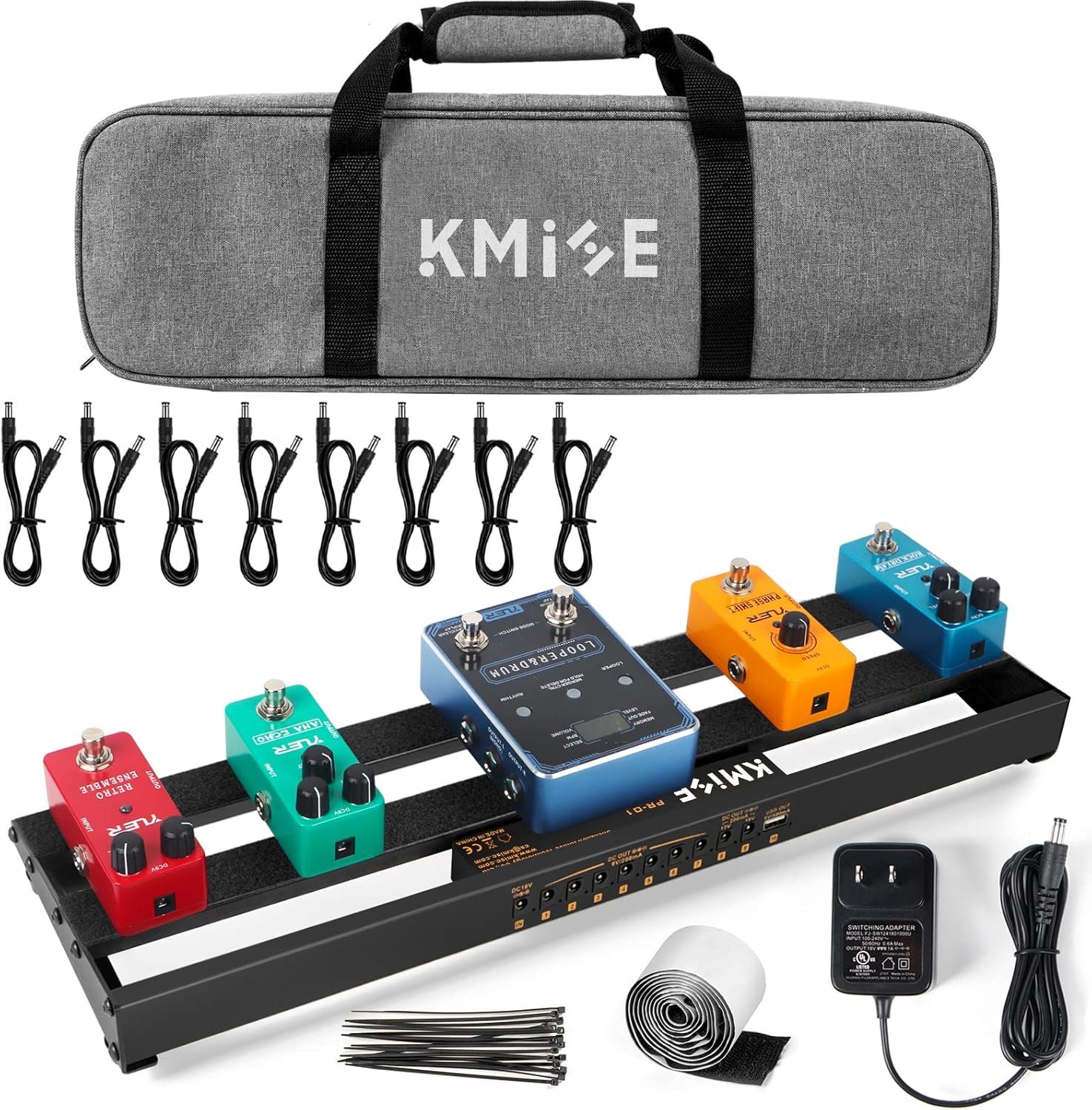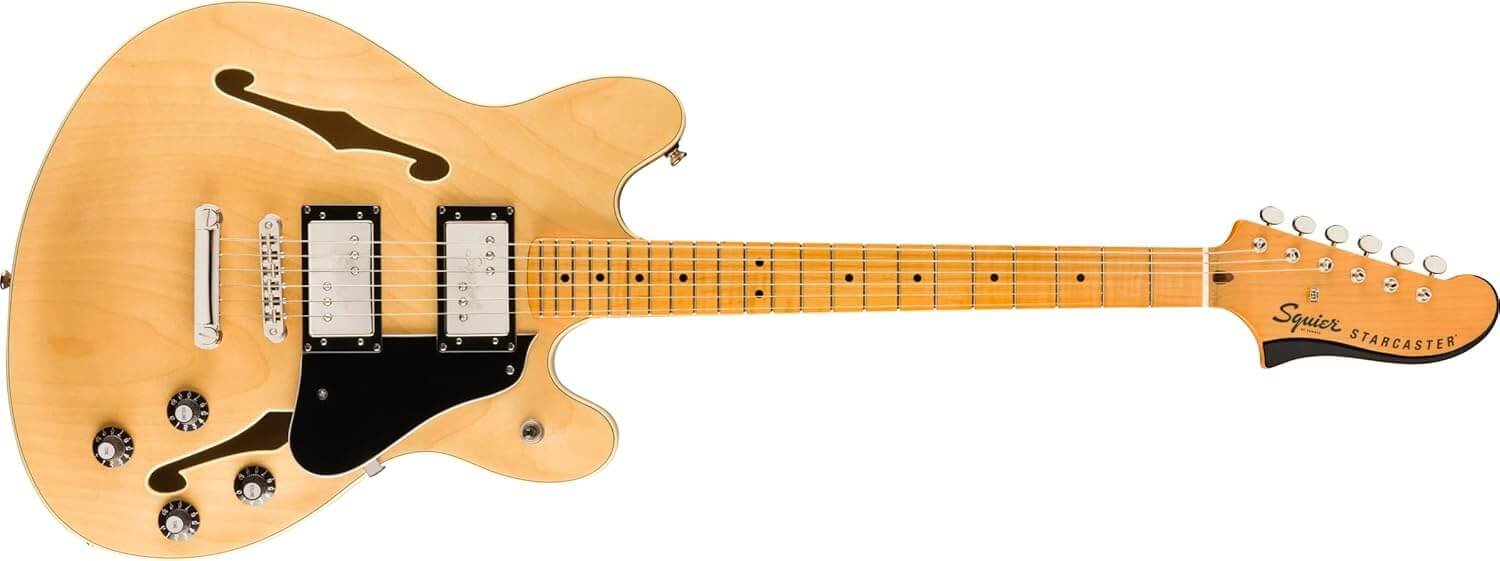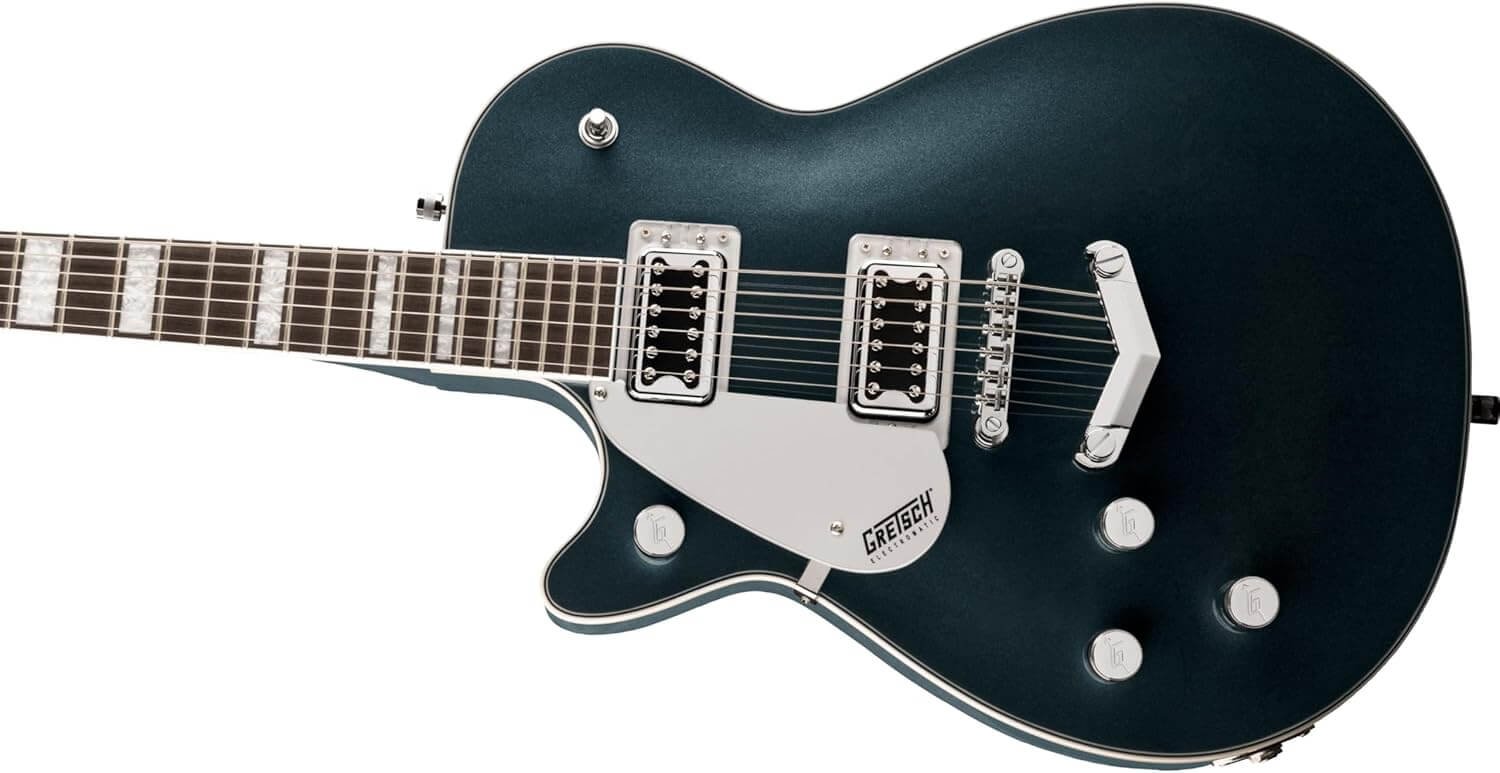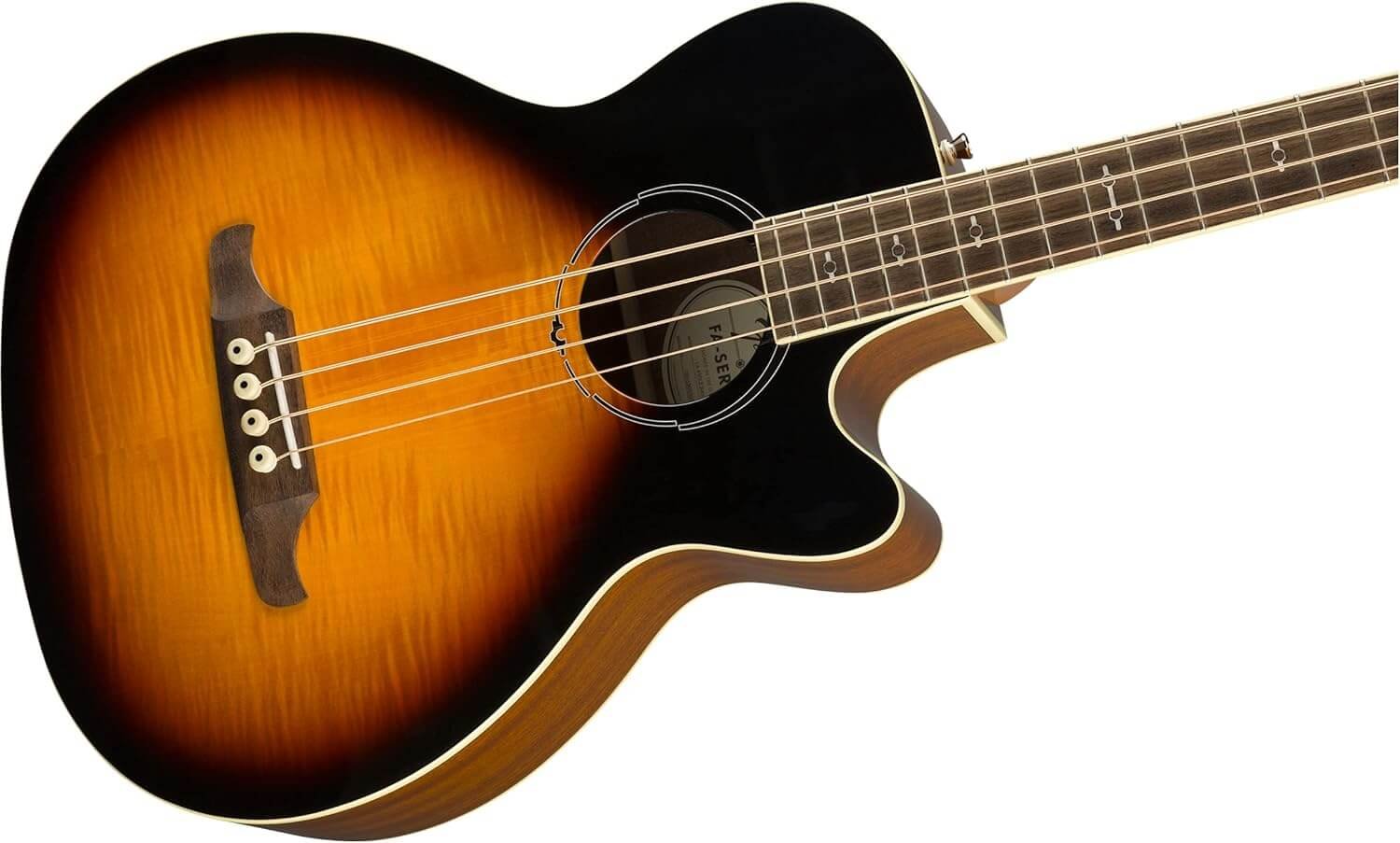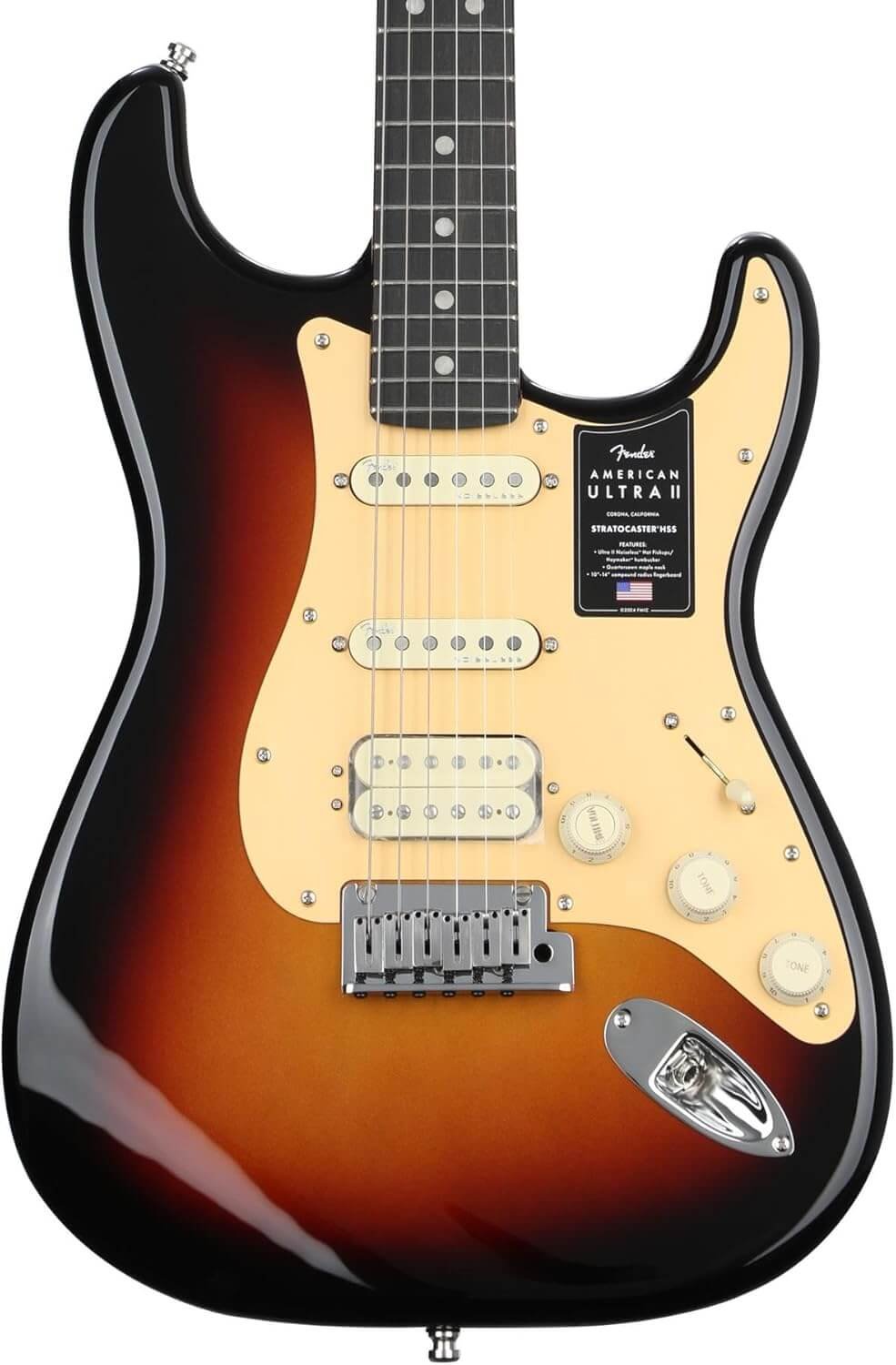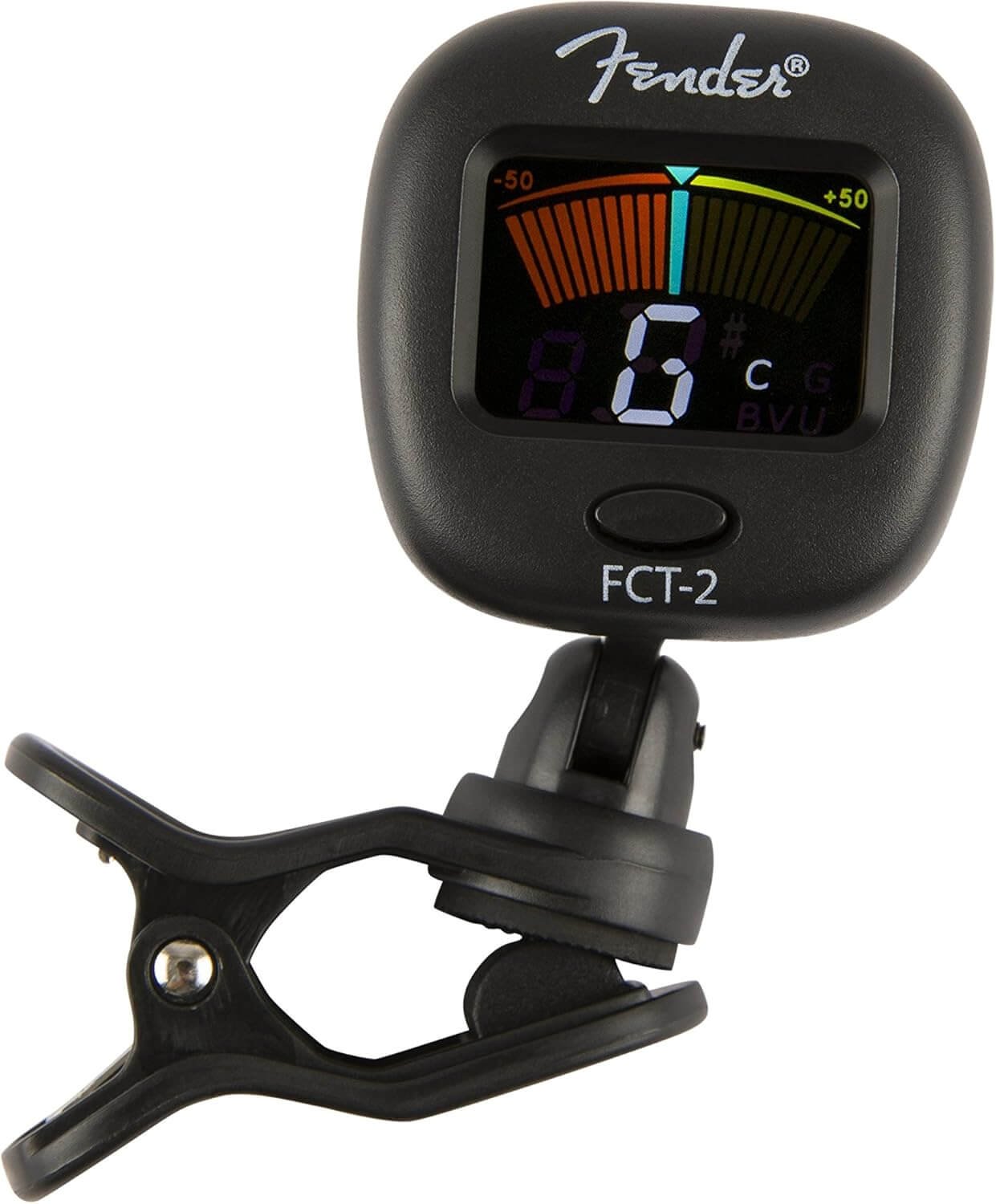Introduction to Akai MPC Live III
The Akai MPC Live III music production workstation represents a significant evolution in the world of music production technology. This powerful instrument combines the rich legacy of the MPC series with modern innovations, making it an invaluable tool for both novice and experienced producers. Known for its intuitive workflow and versatility, the Akai MPC Live III allows artists to create, edit, and perform music seamlessly. With its advanced features, it has become a staple in studios and live performances around the globe.
One of the key reasons why the Akai MPC Live III is a preferred choice is its user-friendly interface, which caters to individuals at all skill levels. Beginners can quickly grasp the basics of music production, allowing them to focus on creativity without being overwhelmed by complex technology. For seasoned producers, the depth of features and customization options provide the flexibility required for intricate music making. The MPC Live III supports a wide range of production styles, from beat-making to live sampling, which further enhances its appeal.
In this article, we will delve deeper into what makes the Akai MPC Live III a top choice in today’s fast-paced music environment. We will explore its core features, including its powerful sampling capabilities, extensive sound library, and seamless integration with other music production software. Additionally, we will discuss the benefits that come with using this music production workstation, covering how it can streamline your creative process and improve your overall workflow. Finally, we will provide essential purchasing considerations, ensuring you make an informed decision for your music production journey.
Key Features of Akai MPC Live III
The Akai MPC Live III music production workstation is designed for musicians and producers seeking a powerful and versatile tool to elevate their creative process. One of its standout features is the 7-inch multi-touch display that provides an intuitive user interface. This touchscreen interface allows for easy navigation through menus, real-time adjustments, and visual feedback on performance, streamlining the workflow significantly. Users can access various parameters, effects, and samples with just a few taps, making the music-making experience both seamless and enjoyable.
Another impressive aspect of the Akai MPC Live III is its extensive library of built-in sounds and samples. With over 6,000 sounds preloaded, including drums, instruments, and loops, producers can start creating music immediately without the need to source external samples. This feature is particularly beneficial for those looking to experiment with different genres or styles of music, as the variety of sounds encourages creativity and exploration. The inclusion of high-quality samples means that users can achieve professional-sounding results right from the outset.
Furthermore, the sampling capabilities of the Akai MPC Live III contribute to its appeal as a comprehensive production tool. Producers can easily capture sounds from various sources, such as instruments, vocals, and external audio, facilitating a unique approach to music creation. The workstation features a built-in microphone and multiple audio inputs, enabling users to record directly into the device. This functionality not only enhances the creative possibilities but also supports the workflow of producers who prefer hands-on sampling and manipulation of audio.
These features collectively position the Akai MPC Live III as an essential tool in any music producer’s gear arsenal. Its user-friendly interface, extensive built-in sounds, and robust sampling capabilities make it a game-changer for both novice and experienced artists alike.
Benefits of Using the MPC Live III
The Akai MPC Live III music production workstation is designed to meet the diverse needs of music producers, offering several benefits that significantly enhance the music-making process. One of the standout features of this device is its portability. Weighing relatively little and equipped with a built-in rechargeable battery, the MPC Live III allows producers to create on the go. This flexibility means that whether in a studio, at home, or outdoors, musicians can always seize opportunities for inspiration without being tied down to a stationary setup.
Moreover, versatility is another key advantage of the Akai MPC Live III. Featuring a wide array of built-in sounds, effects, and sample libraries, this workstation enables users to explore various genres and styles without the need for external gear. The seamless integration of MIDI capabilities with the unit means it can connect with other instruments and software easily, making it an invaluable tool for collaborations. Both novice and experienced producers can experiment freely, enhancing creativity and the overall music production workflow.
Ease of use is a fundamental characteristic of the MPC Live III, which incorporates a user-friendly interface and intuitive touchscreen navigation. This streamlined design allows producers to jump right into their projects without extensive training or manual reading. The intuitive layout provides quick access to features, ensuring that creative ideas can be captured at a moment’s notice. Overall, these benefits of portability, versatility, and ease of use contribute to a significantly enhanced music-making experience, enabling producers to focus on their creativity and produce high-quality work efficiently.
Real-Life User Experiences
The Akai MPC Live III music production workstation has garnered a diverse range of feedback from users, from novice creators to seasoned professionals. Each testimonial highlights the adaptive nature and effectiveness of this powerful device in various music production scenarios.
For instance, a beginner producer, Emily, shared her initial experience with the MPC Live III. She was particularly drawn to its user-friendly interface, which enabled her to grasp the basics of beat-making quickly. “I loved how intuitive the touchscreen is. I could replicate sounds I’d heard in my favorite tracks without getting overwhelmed,” Emily expressed. She went on to create her first electronic track, which incorporated sampled sounds and original beats, showcasing the workstation’s capabilities for those just starting their production journey.
On the other end of the spectrum, professional producer Marcus took a different approach. He utilized the Akai MPC Live III during a collaborative project with a well-known artist. “The portability allowed us to set up anywhere,” Marcus noted. He particularly appreciated the device’s ability to handle multiple audio samples simultaneously, enabling him to integrate live instrumentation seamlessly into his existing loop-based tracks. This versatility contributed to a polished final product that received acclaim in the industry.
Another case study revolves around indie artist Lisa, who relied on the Akai MPC Live III for her recent album. The workstation’s built-in effects and extensive sample library were instrumental in her creative process. “I could shape my sound right on the device, from creating unique drum patterns to layering synths,” she reflected. Lisa’s experience highlights how the workstation supports artistic exploration, making it a vital tool for musicians at various levels.
These user experiences illustrate how the Akai MPC Live III music production workstation remains a significant asset in the music production landscape, catering to the needs of both groundbreaking beginners and established professionals alike.
Comparing the MPC Live III to Alternatives
The Akai MPC Live III music production workstation has gained significant attention in the realm of digital music creation. When comparing it to alternative devices, several features underscore its strengths and afford prospective buyers a clearer choice. One of the primary competitors is the Maschine MK3 by Native Instruments, which offers a more software-centric approach. While the Maschine MK3 excels in tight integration with its software ecosystem and a clean interface, the MPC Live III’s robust hardware capabilities and autonomy stand out significantly, particularly for those who value portability and standalone functionality.
Another notable alternative is the Novation Circuit, which is celebrated for its affordability and unique grid sequencing feature. However, it lacks the comprehensive sampling capabilities found in the MPC Live III. The MPC Live III is equipped with an extensive library of sounds and samples, as well as the ability to import custom samples easily, thereby catering to musicians who prioritize creativity and flexibility in their workflow.
On the competitive front, the Electron Octatrack also deserves mention. Though it offers advanced sampling and sequencing capabilities, the user interface can be daunting for beginners. In contrast, the MPC Live III provides a more intuitive layout, making it accessible for both novice and seasoned producers. Additionally, the onboard touchscreen display offers seamless navigation through its various features, while the Octatrack’s workflow may entail a steeper learning curve.
Ultimately, the Akai MPC Live III music production workstation distinguishes itself through a harmonious blend of hardware reliability, flexible sampling options, and user-friendly interface, making it an attractive option among other workstations in the market. For individuals contemplating their investment in a music production device, evaluating these differences will be crucial in navigating the choices available today.
Perfect for Various Musical Genres
The Akai MPC Live III music production workstation stands out as a versatile instrument that caters to a wide array of musical genres, including hip-hop, electronic, and pop. Its robust features and intuitive design empower musicians and producers to explore and craft diverse sounds. One of the defining attributes of the MPC Live III is its user-friendly interface, which facilitates effortless navigation through different sound options, enabling users to swiftly tailor their tracks to match the unique characteristics of any genre.
For hip-hop aficionados, the Akai MPC Live III is particularly appealing due to its powerful sampling capabilities and extensive library of sounds. Producers can easily manipulate samples, create intricate beats, and layer sounds to build a complete track. The built-in velocity-sensitive pads allow for intuitive beat creation, making it simpler to generate dynamic rhythms that resonate with the hip-hop community. This music production workstation supports creative experimentation, allowing producers to push the boundaries of traditional hip-hop music.
In the realm of electronic music, the Akai MPC Live III shines with its ability to integrate seamlessly with various software and MIDI controllers. The device’s ability to handle complex sequencing and synth manipulation makes it an invaluable asset for electronic music producers. With multiple effects options and the capability to incorporate external hardware, the workstation can adapt to the ever-evolving demands of electronic music.
Moreover, the versatility of the Akai MPC Live III extends to pop music, where catchy melodies and polished production quality are crucial. Musicians can leverage its broad selection of samples and effects to create radio-ready tracks that appeal to pop audiences. The workstation’s flexibility allows for genre-blending, enabling producers to infuse pop elements with influences from hip-hop or electronic music.
In conclusion, the Akai MPC Live III music production workstation adeptly serves a wide spectrum of musical genres. Its features not only support the creative process but also inspire producers and musicians to venture into new sound territories, making it an essential tool for evolving artists in today’s music landscape.
Pricing and Where to Buy
The Akai MPC Live III Music Production Workstation is available at various price points depending on the retailer, regional pricing differences, and current promotions. As of October 2023, the average price for this versatile music production tool typically ranges between $1,200 and $1,500. It is worth noting that these prices may be subject to change based on factors such as demand and market conditions. Additionally, some retailers periodically offer discounts or special promotions that can significantly reduce the cost of the unit, making it more accessible for aspiring music producers.
When seeking to purchase the Akai MPC Live III, consumers have a multitude of options. Trusted online retailers such as Amazon, Sweetwater, and Guitar Center consistently stock this music production workstation and frequently provide customer ratings and reviews to aid in making an informed decision. For individuals who prefer to try the product in-person before committing, local music shops and larger retail chains like Best Buy may also carry the Akai MPC Live III. These physical stores often provide the advantage of hands-on experience, allowing customers to interact with the product and gauge its suitability for their specific music production needs.
Additionally, it is advisable to frequently check the official Akai Professional website and subscribe to their newsletter for announcements on sales or limited-time offers. Such promotions, combined with the frequency of discounts offered by established retailers, can present significant savings opportunities. In conclusion, with the right research and timing, acquiring the Akai MPC Live III can be a worthwhile investment for music production enthusiasts looking to enhance their creative processes.
Tips for Getting Started with the MPC Live III
For new owners of the Akai MPC Live III music production workstation, the journey begins with effective setup and exploration of its powerful features. To ensure a smooth start, first take time to familiarize yourself with the device. Read the user manual thoroughly, as it provides essential insights into functionality and capabilities, including how to navigate the touch screen, manage pads, and utilize adaptable workflows.
Once acquainted with the basics, proceed to set up your workspace. Connect the MPC Live III to your computer and any other devices such as MIDI controllers or synthesizers. Ensure that you have the latest firmware updates installed to access new features and enhancements, which can significantly improve your production experience. Utilize audio and MIDI settings within the software environment to ensure compatibility and optimized performance.
Exploring the built-in samples and sound libraries is another important step. Akai has included an extensive range of sounds, making it easier for new users to start creating. Take the time to experiment with these sounds, crafting unique beats and melodies. Additionally, consider exploring the various production modes, such as Step Sequencing, Clip Launching, and Drum Programming, as each offers a different approach to music creation.
To further enhance your learning, turn to online resources. Numerous video tutorials are available on platforms like YouTube, covering everything from basic usage to advanced techniques. Joining forums and online communities dedicated to the Akai MPC Live III can also provide a wealth of knowledge. Engaging with fellow users allows for sharing tips, troubleshooting problems, and celebrating creative successes. By leveraging these resources, you can quickly become proficient in using your MPC Live III and unlock its full potential in your music production journey.
Conclusion: Make Your Purchase Decision
As we have discussed throughout this blog post, the Akai MPC Live III music production workstation stands out as an impressive tool for both novice and experienced music producers. Its seamless integration of advanced features such as a responsive touch screen, standalone capability, and an extensive library of sounds makes it an invaluable addition to any music creation setup. The evolution of the MPC line has truly culminated in this model, offering cutting-edge technology that encourages creativity and enhances workflow.
Moreover, the portability of the Akai MPC Live III ensures that you can produce music anywhere, making it an excellent choice for artists who thrive on spontaneity. Whether you are crafting beats in the studio or capturing inspiration on the go, this workstation is designed to adapt to your needs. The built-in battery, coupled with a high-resolution display, provides the freedom to create without constraints. Additionally, the robust sampling capabilities allow for unique sound design, empowering you to craft tracks that reflect your individual musical identity.
Lastly, it is important to consider how the versatility of the Akai MPC Live III can elevate your music production journey. With its rich feature set and user-friendly interface, you will find it easier to experiment with various genres and styles. The workstation’s connectivity options also ensure compatibility with other hardware, expanding your creative horizons further. By investing in the Akai MPC Live III, you are equipping yourself with a powerful instrument that will inspire and elevate your music production endeavors. Don’t hesitate; explore the possibilities and make this revolutionary workstation a staple in your creative toolkit.

